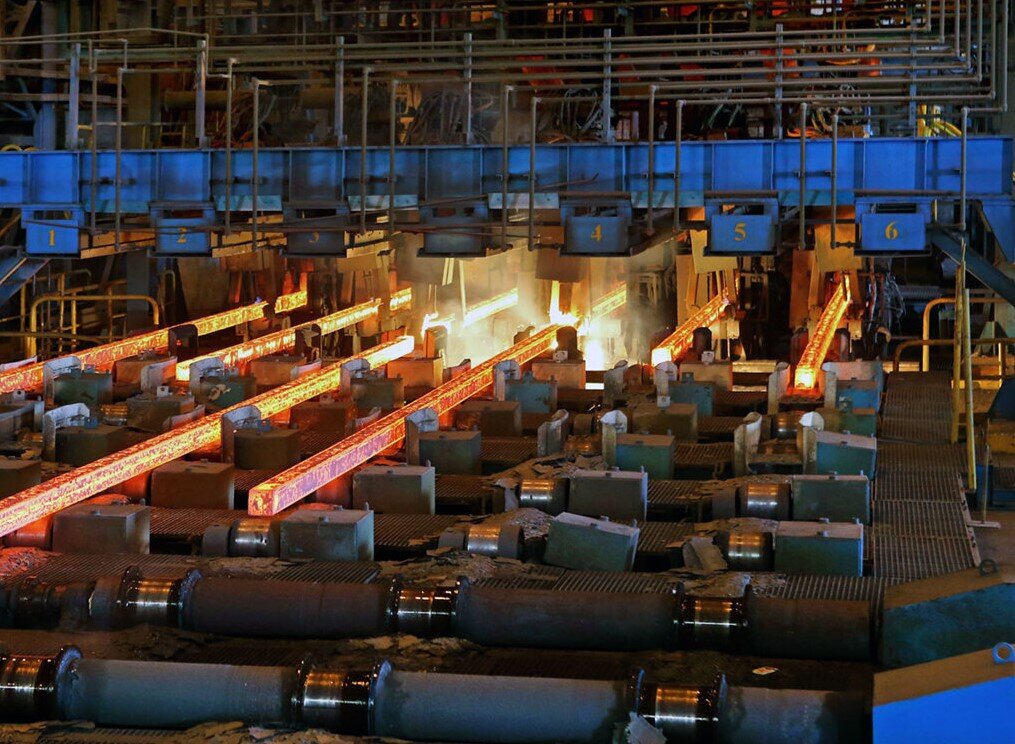Iran’s steel output nears 15 million tons in H1

TEHRAN – Iran’s steel production reached nearly 15 million tons in the first six months of the current Iranian year (March 21–September 22), marking a 3.2 percent year-on-year increase, according to the Iranian Steel Producers Association (ISPA).
The latest ISPA data show the sector has rebounded from a 4.8 percent contraction recorded in the first quarter, signaling stronger coordination among producers in securing power supplies during the summer.
Despite severe restrictions on electricity access earlier in the year, major mills managed to stabilize production through purchases of “green” and “free-market” electricity and by using captive power plants.
Industry experts say the recovery reflects improved energy management strategies following last year’s widespread power outages that disrupted heavy industries.
In May and June, some steelmakers faced up to 90 percent power cuts, prompting firms to invest in alternative energy procurement plans.
Among the steel value chain products, rebar and iron ore concentrate registered the highest production growth, driven in part by their lower energy consumption and rising export demand for concentrates.
By contrast, production of flat steel products such as sheets and plates declined due to weak domestic demand and continued imports, even though import volumes have been trending down. The association said such imports remain “unjustifiable,” given the large idle capacity of Iranian rolling mills.
Iran ranked among the world’s top ten steel producers in 2024, with output exceeding 30 million tons annually. Industry officials aim to boost capacity to 55 million tons by 2030 through new energy-efficient and low-carbon technologies.
EF/MA
